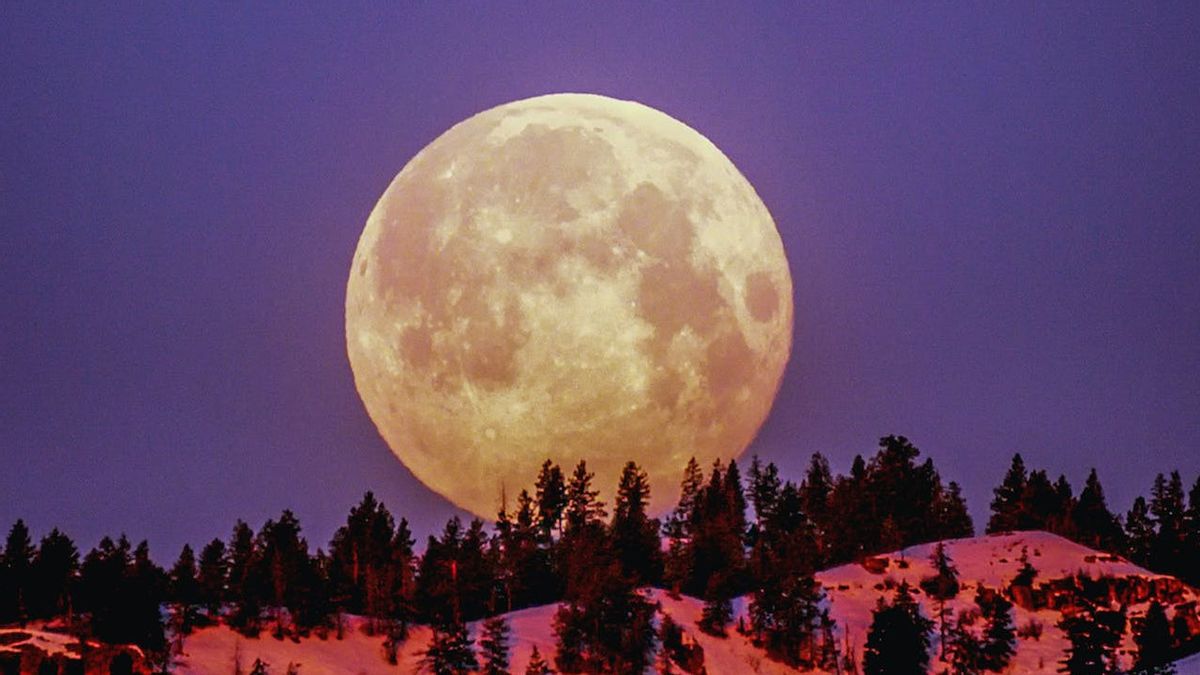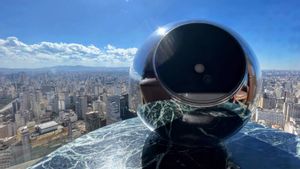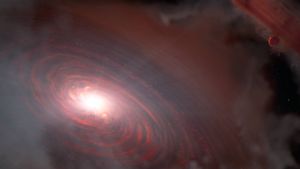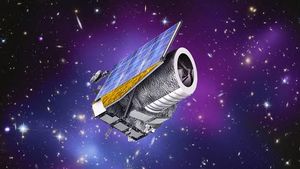JAKARTA - Two supermoons are scheduled to appear this August, in a rare astronomical phenomenon that will not happen again until January 2037.
Supermoon is when the moon is visible in the night sky as a big and bright sphere as it is closer to Earth than usual.
At 19:31 a.m. BST on Tuesday or 01.00 a.m. Wednesday, referred to as the Sturgeon supermoon, the moon will reach the peak of lighting - providing excellent photo opportunities for star observers.
There are four supermoons in 2023, and the first, on July 3, featured in stunning photos from London to Istanbul and San Francisco. Two supermoons will follow in August - a special event known as the 'blue supermoon'. The fourth and last supermoons of the year will take place on September 29.
Some experts are even confused by the different terms 'full moon','suprmoon', and 'blue moon', which have been circulating for centuries and have been criticized for lack of science.
Most people know that the full moon is our moon which has 100 percent light - when its surface is completely covered by the light of the Sun, as seen from Earth.
Meanwhile,'suprmoons' are full moons that look bigger and brighter than the usual full moon. Supermoon occurs because the moon orbits Earth on an 'elliptic' path - an imperfect circle path.
This means there is a point in its orbit where it is closer to Earth, known as the 'perigee' (in contrast, the furthest point in its path is known as an apogee and produces a'micromoon').
A supermoon can be seen up to 14 percent bigger and 30 percent brighter than the usual full moon, depending on the time of the year.
Andrew McCarthy, an independent Arizona-based astrophotographer, said the moon would be around 30 percent brighter on Tuesday night. Naturally, supermoons are also the full moon, but not every full moon is a supermoon because usually there are only three or four supermoons in a year.
Then what about the blue moon?
Because the full moon occurs once every 29.5 days - slightly less than a full month - sometimes two full moons occur in one calendar month.
另请阅读:
This rare astronomical event is known as the 'blue moon' which usually occurs around every two or three years - which is why there is an expression 'once in a blue moon'. However, the full moon's two-month opportunity in one month becomes'super' is lower.
The last time two supermoons occur in a month was in January 2018 - and will not happen again until January 31, 2037, according to NASA.
The Supermoon on Tuesday will be 222,158 miles from Earth, while on August 31 it will be even closer, which is 222,043 miles - and therefore becoming more spectacular.
Sky watchers will not miss this month as it will capture most of the sky, although fans hope to have a bright night and not covered with clouds.
Every time a full moon appears, it is nicknamed depending on the moon in a year - a tradition that has been going on for hundreds of years.
Jadi Januari adalah bulan Serigala, Februari bulan Snow, Maret bulan Rucing, April bulan Merah Muda, Mei bulan Bunga, dan selanjutnya.
The full moon in August is known as the month of Sturgeon - named after the big fish that are easy to catch this time in a year.
Sometimes the full moon appears to have a different color or pattern, although this is a light trick and usually depends on how low the moon is in the horizon.
"A red or yellow moon usually shows the moon looks close to the horizon," NASA said, quoted by the Daily Mail. "There, some of the blue light has been dredged by a long path through Earth's atmosphere, sometimes filled with fine dust."
"A blue moon is rarer and can signal a visible moon through an atmosphere carrying larger dust particles."
The English, Chinese, Japanese, Arabic, and French versions are automatically generated by the AI. So there may still be inaccuracies in translating, please always see Indonesian as our main language. (system supported by DigitalSiber.id)


















